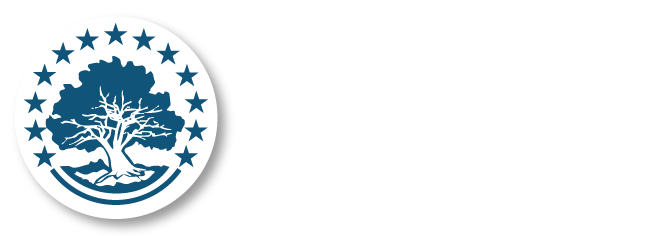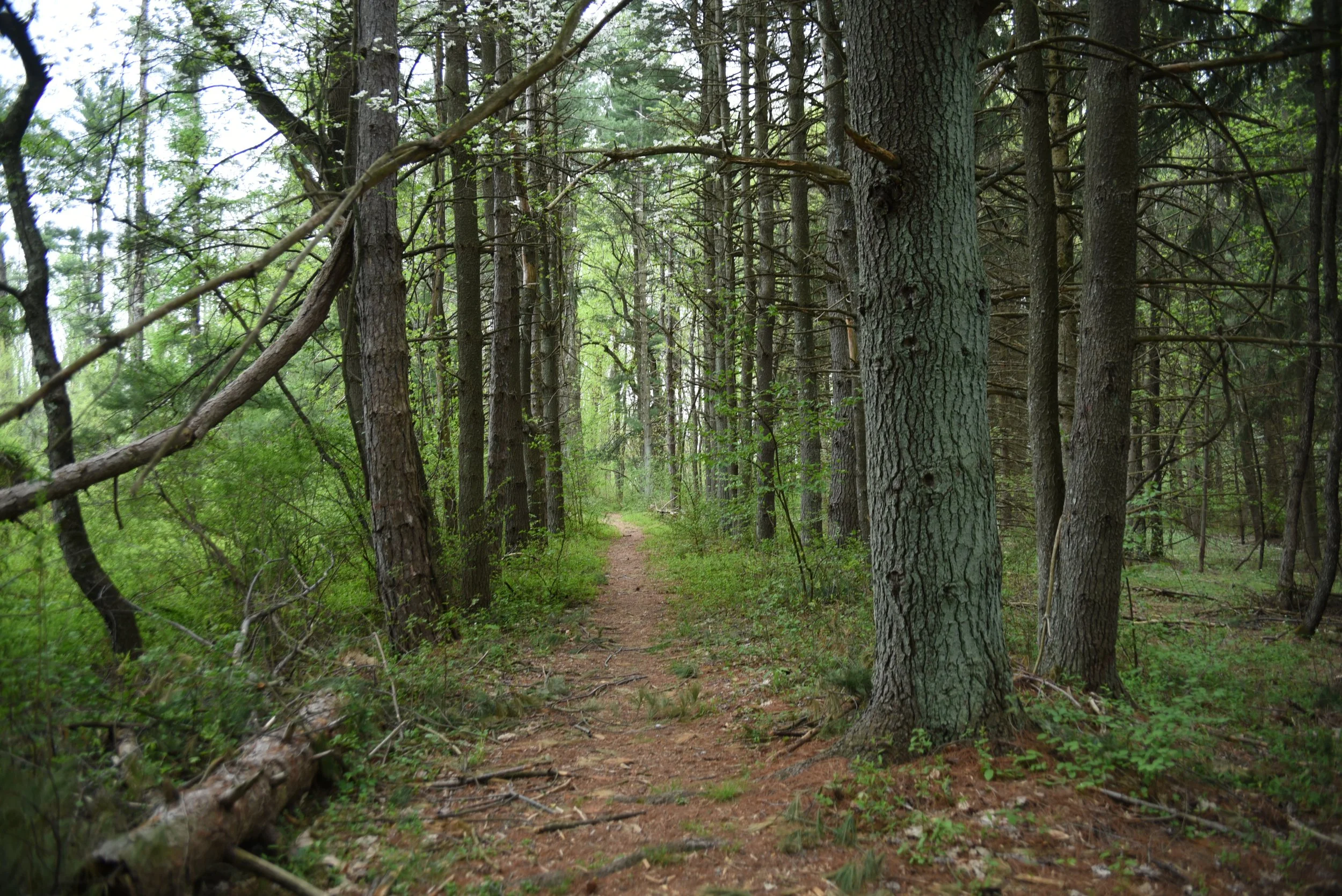Native Plant Restoration Initiative
WCPA Nature Conservation and Education Committee
The WCPA’s Native Plant Restoration initiative aims to plant native plant species for reforestation and to increase biodiversity, to protect desirable plants from deer, and to control invasive plant species. Broadly speaking, this effort encompasses ecological stewardship and conservation in an attempt to preserve and restore the ecology of Washington Crossing State Park.
As advocates for the park, supporting the ecosystem through planting native plants ecotypic to the region, reforestation, and invasive species control will not only improve visitor experience and enhance the natural beauty of the park, but will strengthen its ecological health and help to preserve its flora and fauna.
Invasive Plant Species
In the last few decades, the Park has been overrun by invasive plant species. Invasive plants spread quickly and can grow in a wide variety of environments, outcompeting and displacing native plants. Invasive plants grow rapidly because they evolved in a different ecosystem with a different climate as well as different sources of competition, from plants and animals that don’t exist here. Therefore, invasive plants are not affected by the checks and balances of the competition found in our ecosystem and can spread indefinitely, displacing the native plants necessary for the survival of our wildlife. This leads not only to population decline in native plant species, but also in birds, mammals, insects, amphibians and so on. And affecting one or just a few species in an ecosystem has the potential to completely offset the food chain and the balance of the whole ecosystem, putting all the flora and fauna in that ecosystem at risk.
Deer Overpopulation
Invasive plants are an even greater threat in conjunction with the overpopulation of deer. As the populations of bobcats, wolves, and coyotes have fallen significantly, deer no longer have natural predators. Like invasive plant species, deer don’t have the ecological checks and balances to keep their population down. But, unlike invasive plants, deer did evolve in this environment, so they eat our native plants while primarily leaving the invasive ones alone. As our necessary native plant species in the understory are eaten to the ground by deer time after time, they are no longer able to regenerate and can no longer support the other animals and wildlife that depend on them. This leads to loss of biodiversity as well as lowered capacity for forest regeneration, or a forest’s ability to sustain itself through regrowth. When old trees die due to old age, storms, or disease, all of which have seriously impacted the Park in recent years, there won’t be any young saplings to take their place. This creates openings in the forest canopy and propels the spread of sun-loving invasive species, further compromising ecological health and ability to recover.
Disturbance Factors
Invasive species are especially problematic in Washington Crossing State Park because they take hold in already weakened, or disturbed, environments. Disturbance events include previous clearing of land, severe storms, die-off from disease, deer overpopulation, or other natural or unnatural events which destabilize an ecosystem. A healthy ecosystem has some resilience to disturbance factors, but when many disturbance factors are at play at once, this resilience can be lost. Our park has suffered from all of the above disturbance factors, meaning that it has very little resilience to invasive species. One of the key resilience factors is the forest canopy. A shaded forest floor prevents many invasive species from sprouting and thriving. However, as many of our trees are dying off due to old age, disease, and severe storms, deer are eating practically every last young sapling that sprouts each year. This means that no new trees will replace the ones we have lost to the destruction of the Emerald Ash Borer, Dutch Elm Disease or the tornado of 2021.
This is where we come in. The WCPA is planning to focus on protecting and restoring our forests through replanting lost native plants, reforestation, and invasive species removal. This will help to strengthen the canopy, support wildlife, and increase forest resiliency to future disturbance and most importantly, invasive species. But, we need your help! If you want to see this historically and ecologically significant land restored, please, join us as a volunteer or donate to help us purchase native plants, deer fencing, and invasive species control.
Projects:
Invasive plant species Americorps Work Day
Plantings along Continental trail and Knox Grove
Living Screen
Welcome Meadows
River Garden
Join our initiative
Our Conservation Crew meets periodically to plant native species and remove invasive ones. Once you’ve undergone a brief training, you can help us restore and improve the natural resources in the park!




